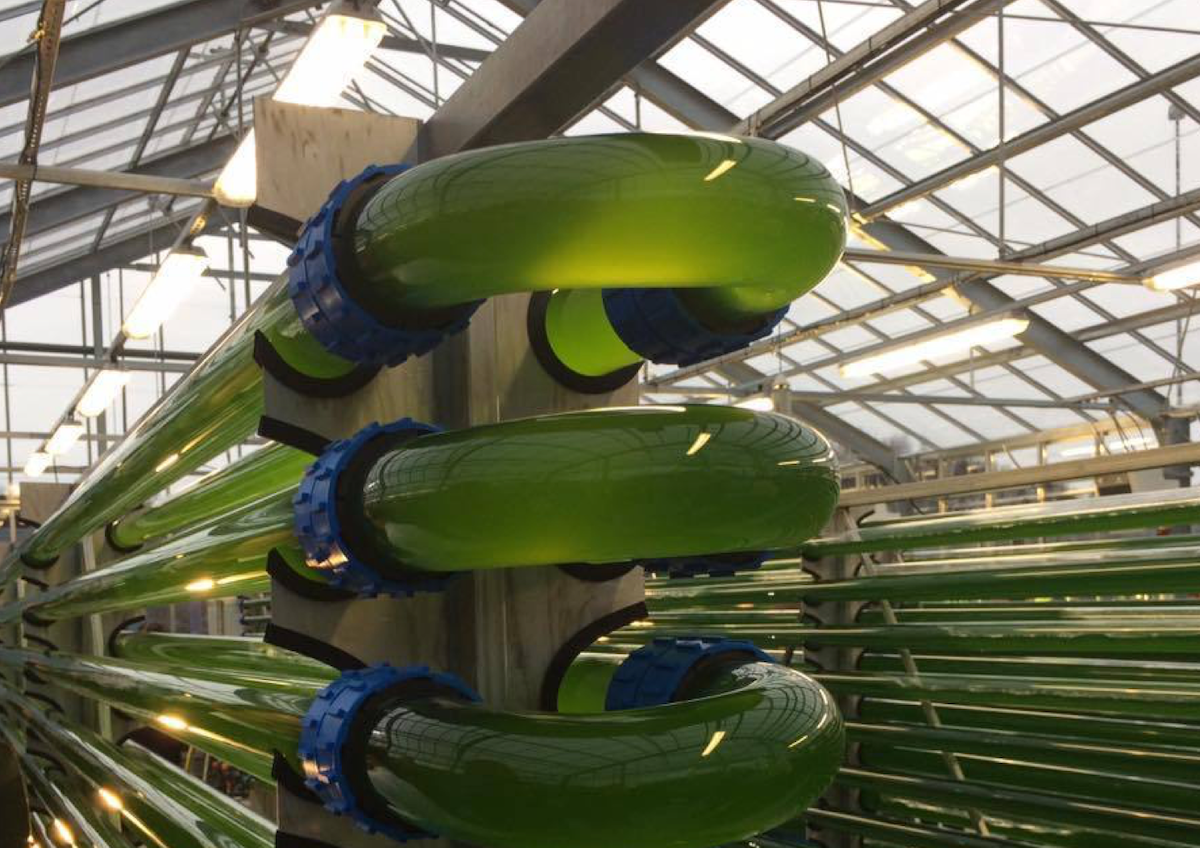Future Food & Ocean Warming

Ocean warming is disrupting food stocks. How can technology help?
1-minute demystifier.
2017 was the warmest year on record in the ocean1
Ocean warming is driving entire groups of marine species to different parts of the oceans
Marine life is following the direction and speed of climate change2
Warming oceans are expected to lead to reduced catches
In the meantime new innovations are helping produce more food sustainably
Aided by technological innovation, farmed seafood is on the rise
“The only way to protect ocean food resources is to cut greenhouse gas emissions3”.
Climate change is disrupting marine life, so Norway’s aquaculture industry is developing new ways to feed farmed salmon
CO2Bio uses Photo-bio reactors – a process based on photosynthesis which absorbs CO2
CO2Bio’s transparent algae tubes take their CO2from Norway’s largest oil refinery at Mongstad
Seaweed is a rapidly growing aquaculture crop that can also help reduce CO2levels
Seaweed absorbs CO2and turns it into carbon that can be buried in sediments4
If just 9% of the world’s ocean surface were used for seaweed farming, we could remove 53 billion tonnes of CO2 from the atmosphere5
That same seaweed could also produce enough biofuels to replace all of today’s fossil fuel energy needs6
Robotic kelp farms are being developed by Marine BioEngergyInc7
Drones move the kelp plants to optimise sunlight and nutrient absorpsion, and then deliver them for harvest
To help protect our ocean food sources you can invest in renewables and green tech, and divest from fossil fuels
References
1https://news.nationalgeographic.com/2018/01/hottest-year-record-global-warming-oceans-spd/
2https://phys.org/news/2013-09-movement-marine-life-climate.html
3https://www.iucn.org/news/secretariat/201609/latest-ocean-warming-review-reveals-extent-impacts-nature-and-humans
4https://oceana.org/blog/seaweed-could-be-scrubbing-way-more-carbon-atmosphere-we-expected
5https://www.climatecouncil.org.au/2016/03/31/seaweed-climate-change/
6https://www.climatecouncil.org.au/2016/03/31/seaweed-climate-change/
7https://spectrum.ieee.org/energywise/energy/renewables/robotic-kelp-farms-promise-an-ocean-full-of-carbon-neutral-low-cost-energy
Photo: Mayor Astrid Aarhus Byrknesin Lindåsmunicipality.